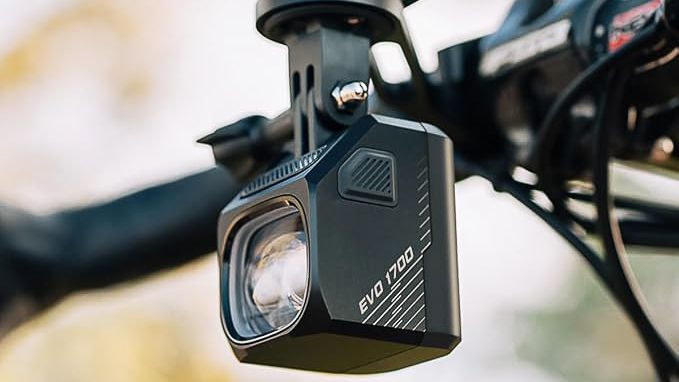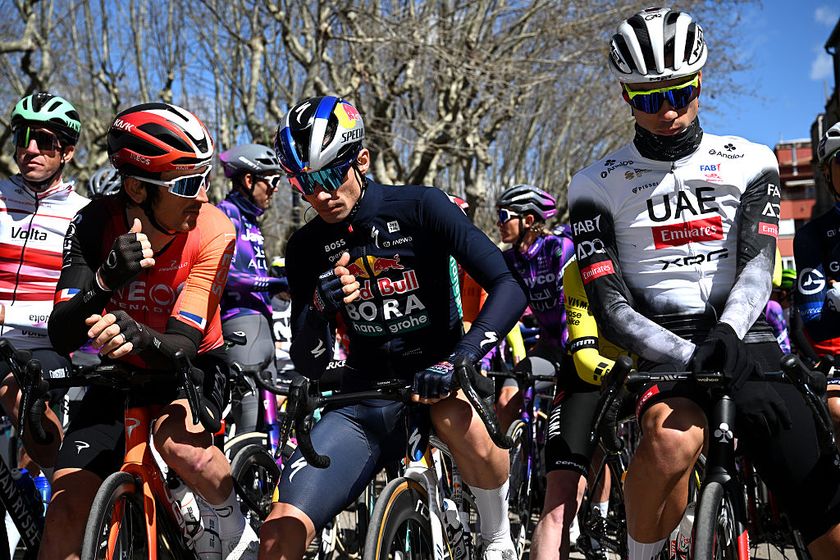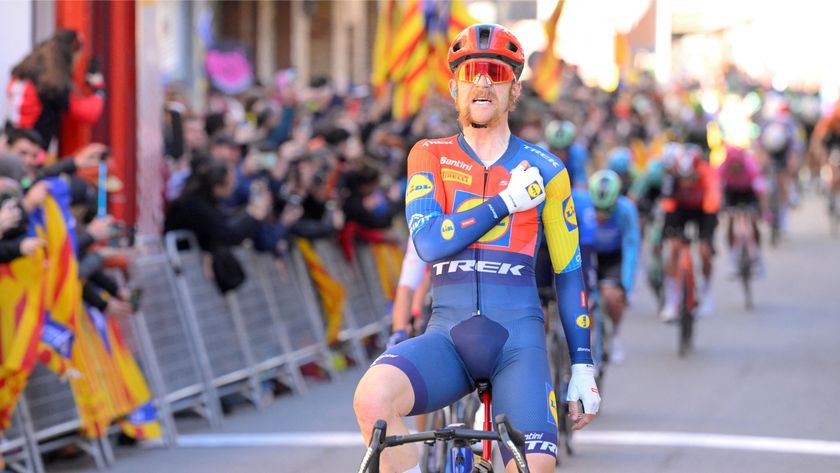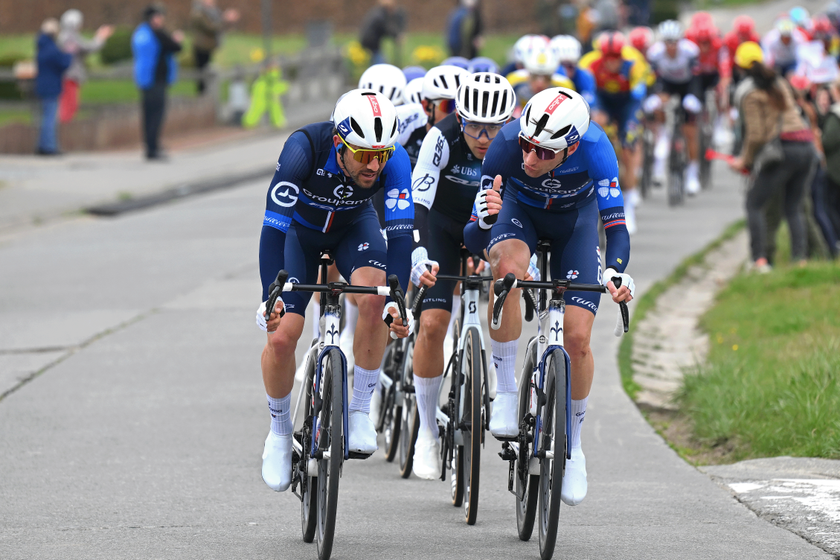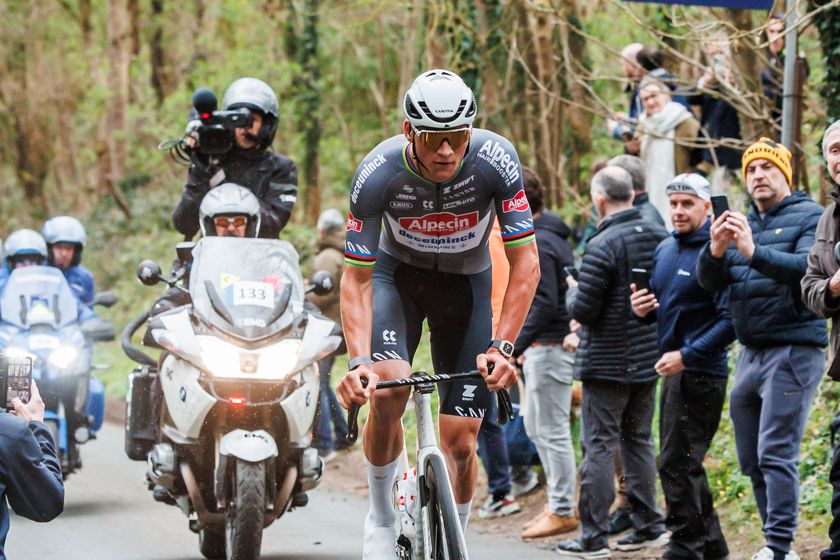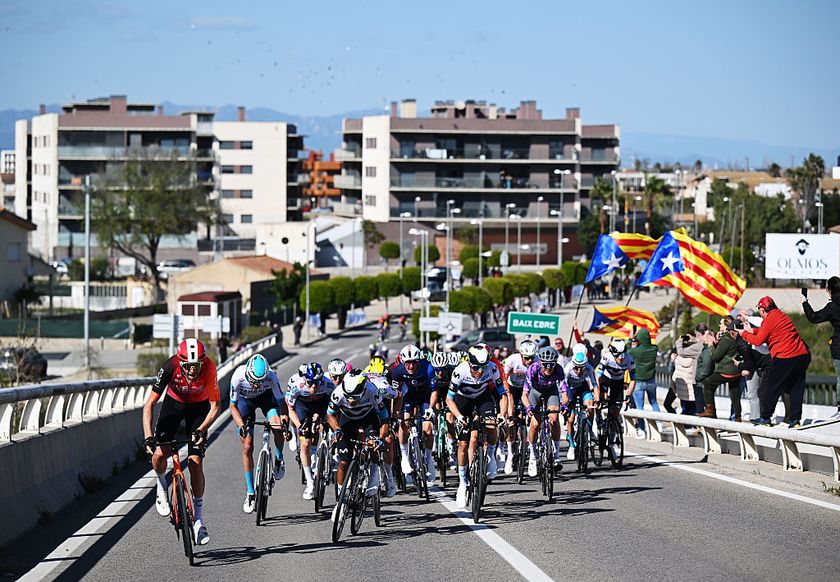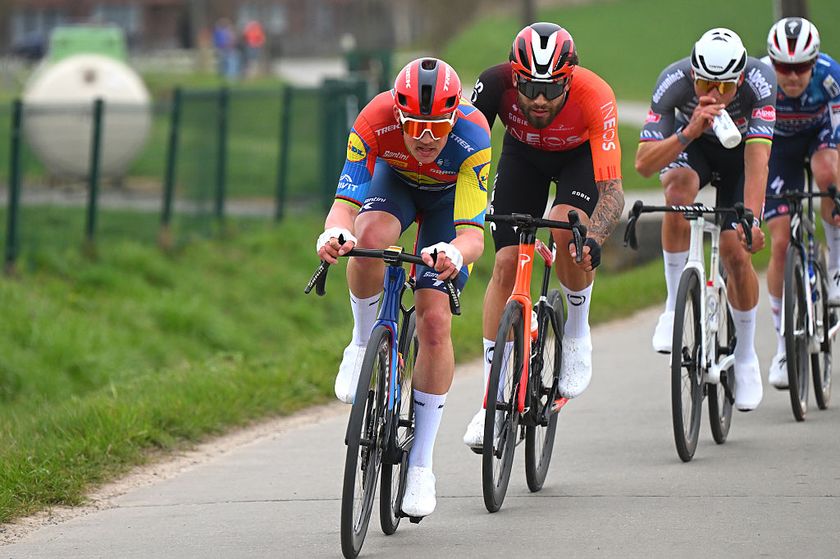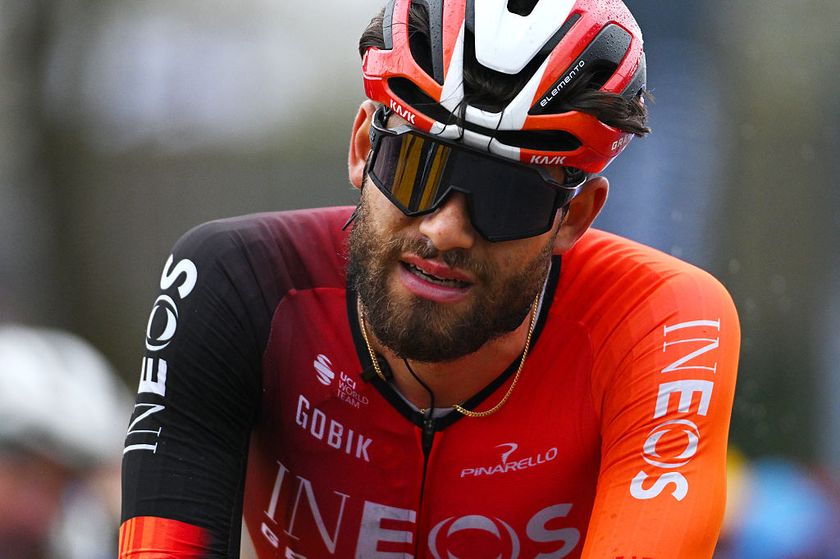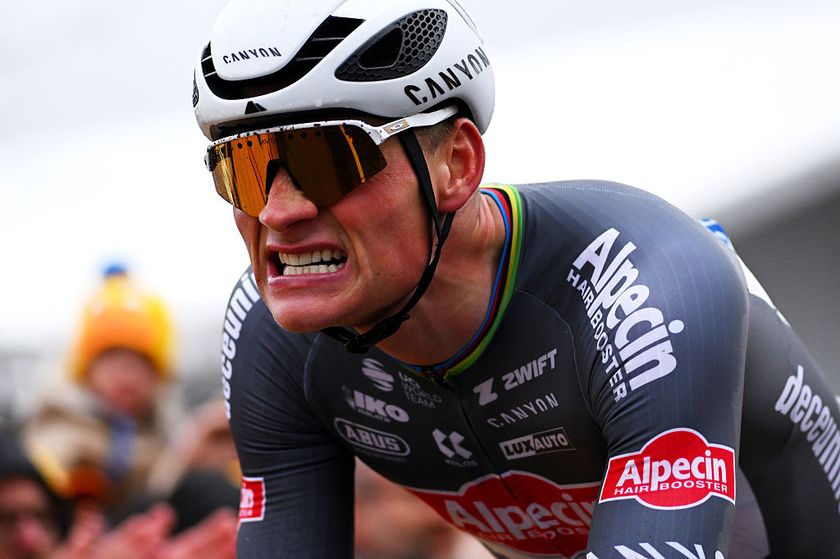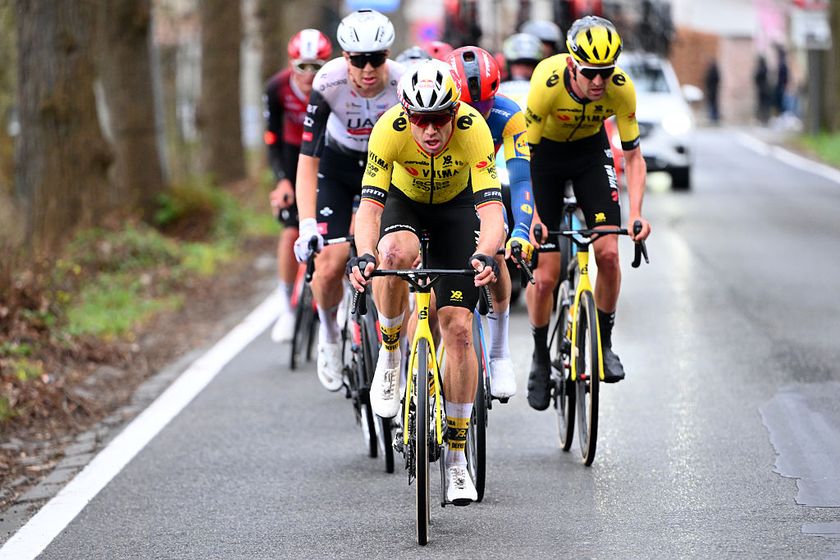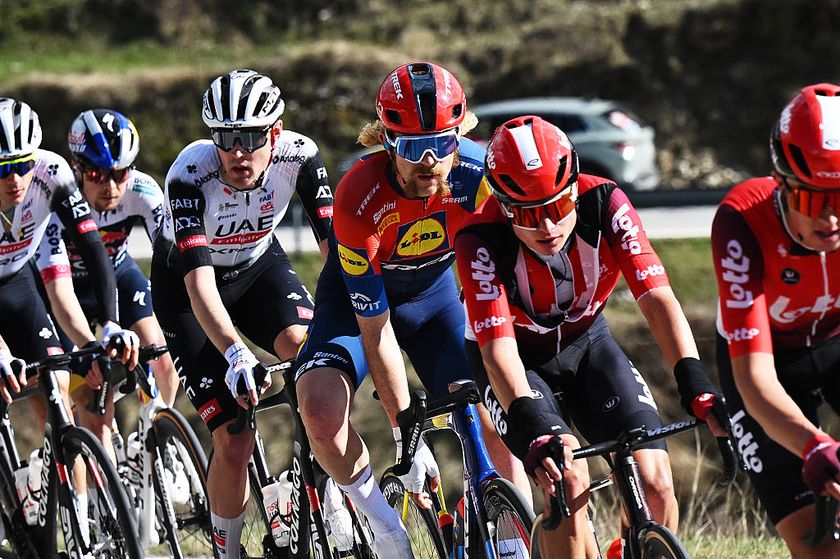Peter Sagan still looking to crack case of missing wins at Giro d'Italia
Slovakian catches the eye with second place on hilltop finish at Agrigento

The finale of stage 2 of the Giro d’Italia saw the gruppo pass through Porto Empedocle, hometown of the late crime novelist Andrea Camilleri, and perhaps not even Inspector Montalbano himself would be able to crack the case of Peter Sagan’s missing wins.
Some 452 days have now passed since the three-time world champion last tasted victory. The length of that drought has obviously been increased by the coronavirus pandemic, but its mystery has been heightened by the fact that Sagan has repeatedly come so close to following up on a lead.
Since winning stage 5 of last year’s Tour de France in Colmar, Sagan has placed in the top five on no fewer than 20 occasions, and in some of the most prestigious events on the calendar to boot. He was fifth at the Yorkshire Worlds after a strong late attack, fourth at Milan-San Remo in August, and third on the Champs-Élysées in the Tour just past.
Sunday’s finale in Agrigento felt like a microcosm of the past year or so of Sagan’s career: the strength of old remains intact but the sharpness of his best days always seems to be maddeningly out of reach.
The uphill finish through the stirring Valley of the Temples didn’t lend itself to a sprinter, but Sagan withstood the pace and the gradient better than any of the fast men, jumping across to Diego Ulissi (UAE Team Emirates) and Mikkel Honoré (Deceuninck-QuickStep) with a shade over 200 metres to go.
When Ulissi kicked as the road ramped up once again, however, Sagan was unable to match his pace and he had to settle for second place and the consolation of a stint in the king of the mountains jersey.
“Today was quite a good stage for me, but Diego was stronger, he attacked well,” Sagan said afterwards. “I tried to catch the first two riders, but it was already quite late by the time when I caught them. It was already the last 200 metres. They were starting to do the sprint, and, well, Diego came home four bike lengths ahead of me in the end.”
Get The Leadout Newsletter
The latest race content, interviews, features, reviews and expert buying guides, direct to your inbox!
Bora-Hansgrohe directeur sportif Jan Valach was the man behind the steering wheel of the Slovakian team car for each of his world titles, and he told Cyclingnews afterwards that he was heartened by rider’s performance on what he deemed to be inhospitable terrain. Not even Michael Matthews, 7th in the demanding Imola Worlds last week, could finish with Sagan, placing 4th at 5 seconds.
“This climb wasn’t really for sprinters, so he showed he had good legs because he was able to stay up there, and when Ulissi attacked, he was even able to close that move down,” Valach said. “Peter was able to get across to him at the last corner, although the sprint was already started. We’re very happy to see him up there in the top positions, that’s very important.”
Wins
Sagan’s bar was set very high from the outset, when he emerged in the peloton seemingly already fully formed in the spring of 2010, and in the decade since, his occasional dry spells have generated as much attention as his days of plenty. Oleg Tinkov, for instance, threatened to cut his salary in 2015, months before his first world title, while questions were raised about his lack of wins in the spring of 2018, only for Sagan to respond with victory at Gent-Wevelgem and Paris-Roubaix.
“Every rider goes through a period in his career where he does everything right, but luck just doesn’t come his way,” Valach said. “You just have to wait, you have to work. You have to keep working and everything that is supposed to come will eventually come. We’re calm. Today he showed he’s very strong. He’s got faith in us and we’ve got faith in him."
At last month’s Tour de France, Sagan finished in the top five on six occasions but always found himself lacking the top-end speed needed to beat men like Sam Bennett and Caleb Ewan. The sprint field is no less daunting at the Giro, with the on-form Fernando Gaviria and Arnaud Démare among those present. Racing two Grand Tours in eight weeks is a redoubtable challenge, but Valach expressed confidence that the volume of racing would stand to Sagan rather than blunt his speed.
“I don’t want to look too far ahead, but Peter has always needed hard races to get his best legs,” Valach said. “With the Tour, he’s come into better condition and let’s hope we can take advantage of that here at the Giro d’Italia.”
Sagan’s Giro debut was announced amid much fanfare last Autumn but when the coronavirus calendar rearranged the cycling calendar, one wondered if he and Bora-Hansgrohe would look to extricate themselves from their gentleman’s agreement with RCS Sport.
Instead, Sagan confirmed that he would forgo the Tour of Flanders and Paris-Roubaix in order to sample the corsa rosa as planned, and the Slovakian should have more opportunities to garland his debut with a win. He will lose the maglia azzurra atop Etna on Monday, the maglia ciclamino will surely sharpen into focus in the days ahead.
“I got some points for the ciclamino jersey but tomorrow will be another hard stage, so we will have to see day by day,” said Sagan, whose next chance to contest victory might come as early as stage 4 to Villafranca Tirrena.
“Well, it certainly won’t be tomorrow, which is too hard. Then we’ll see in the days ahead, if it’s possible to do some sprints with sprinters or even on some finishes similar to today.”

Barry Ryan was Head of Features at Cyclingnews. He has covered professional cycling since 2010, reporting from the Tour de France, Giro d’Italia and events from Argentina to Japan. His writing has appeared in The Independent, Procycling and Cycling Plus. He is the author of The Ascent: Sean Kelly, Stephen Roche and the Rise of Irish Cycling’s Golden Generation, published by Gill Books.
